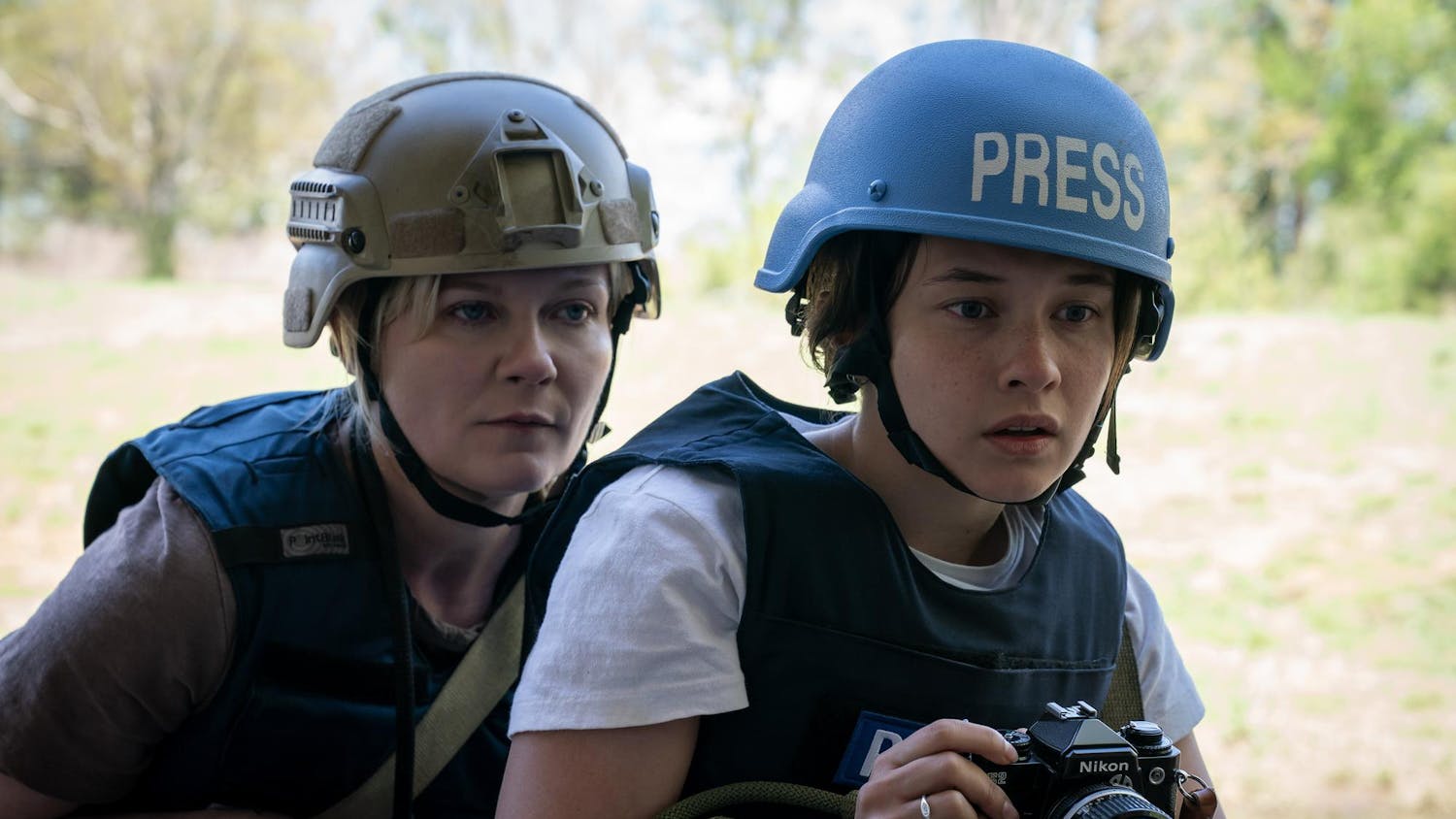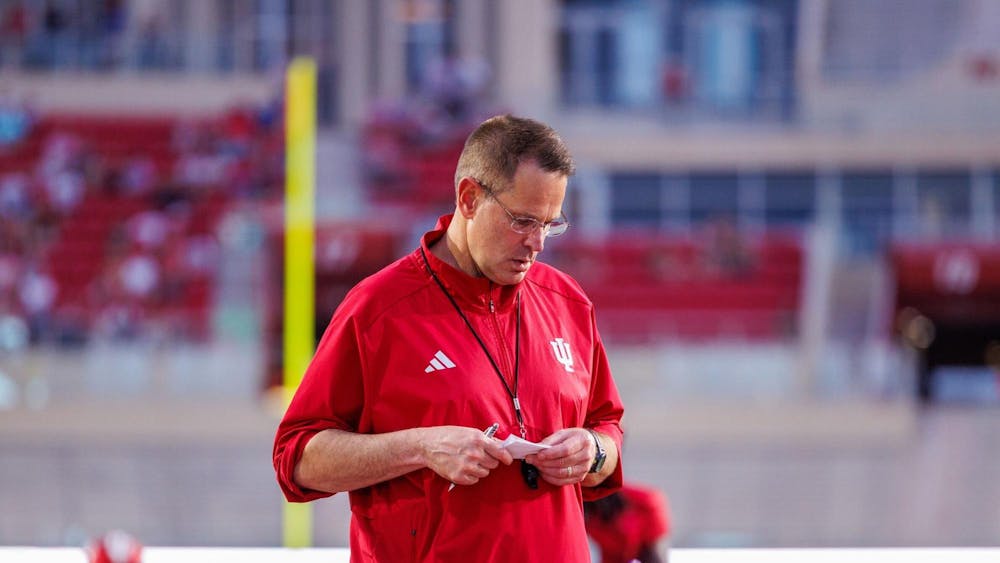On Nov. 24, nearly six months after Lauren Spierer’s disappearance, the woman behind @NewsOnLaurenS continued to tweet.
“Always in our hearts. Love you, Lauren. Mom, Dad & Rebecca. #Thanksgiving #FindLauren”
News about the missing 20-year-old had slowed, and fewer people were tweeting about her. But 29,050 people still followed the feed.
On a holiday to give thanks, they needed to be reminded one family continued to cope with loss.
“A family is incomplete today,” said one of the feed’s retweets. “Hoping 2day inspires some1 to speak up! We want Lauren home for #Christmas! #FindLauren #Hope @NewsOnLaurenS”
Social media sites such as Facebook and Twitter have been in use for years, serving mainly as tools to connect people with their friends online.
At the time of Lauren’s disappearance, volunteers found a new purpose for social media: spreading information about a missing person to a mass audience.
With the assistance of @NewsOnLaurenS and the Spierer family’s official Facebook page, people across the country tuned in to every update on the case and discovered how they could participate in the ongoing searches.
While news media conveyed the same information, they often lacked the emotion that attracted people to the case, said Hans Ibold, an assistant professor in the School of
Journalism.
“What social media can do is provide opportunities to develop a sense of ‘we,’” Ibold said. “I belong to a group, and the group recognizes me, and I recognize the group. And that happens when emotions come into play. That emotional investment is key to getting off the couch and doing something.”
Two days after Lauren’s disappearance, the user behind @NewsOnLaurenS — who remains anonymous — searched social media sites for information about the missing student.
Her brother attended IU. Her parents were alumni.
She wanted to know what she could do to help when search parties were formed.
A few Facebook pages existed but no Twitter feeds, and she couldn’t find the information anywhere, she said.
With a few shy clicks, she started the Twitter account.
As she began tweeting, she made a vow to herself to never let the account be about her.
Finding Lauren was the important part, not the person behind it.
The anonymous user intended to give the account to Lauren’s parents, but they declined the offer.
“At the three-month mark, I had lunch with Charlene and Robbie,” she said. “I went down there and said, ‘Do you want this?’ I didn’t want them to feel like this was something they couldn’t utilize. My mission is to help them in any way possible.”
Though tweets allow users to express messages in only 140 characters, Twitter’s control capabilities allowed @NewsOnLaurenS to choose what was tweeted or retweeted.
“As the Spierers have seen, Facebook hasn’t been the same for this case,” the user said. “One page was shut down because it grew so out of control. On Facebook, when you become a fan, anybody can say whatever they wanted. It grew into a nasty circle of rumors and speculation.”
Seventy percent of active Internet users are on Facebook, Ibold said, so people who know how to use the site effectively can see beneficial results.
“For me, using social media did provide these moments of connectedness with her family, other students and other community members that I wasn’t getting from the news,” Ibold said. “And I can’t really explain why, but I think it has to do with those
emotions.”
It also helps in police cases, though Bloomington Police Department Capt. Joe Qualters could not give specific details on the Lauren Spierer case.
For BPD, he said, social media continues to be a valuable tool for law enforcement, allowing officers to monitor people’s actions and thoughts through Facebook and Twitter posts.
“It’s amazing what people will reveal about just about anything,” Qualters said. “You can use it as a way to supplement information.”
Law enforcement can also use the sites to be proactive and prevent events from happening if they have enough warning, Qualters said.
“We can monitor a kid’s Facebook page, and if it says something about shooting up a school, we can deter those types of events,” he said.
The user behind @NewsOnLaurenS said utilizing social media was an educational process. After meeting Lauren’s parents, she taught Charlene how to use Twitter.
“Lauren was a young, beautiful girl,” she said. “That’s going to captivate an audience anyway. But the Spierers took immediate action. They started findlauren.com immediately, and that was crucial.”
As of November, the Twitter account had established 50 leads since the case started, the user said.
“It may not have resulted in finding her, but it solved pieces of the puzzle along the way,” she said.
Twitter continues to aid search for Lauren
Get stories like this in your inbox
Subscribe





